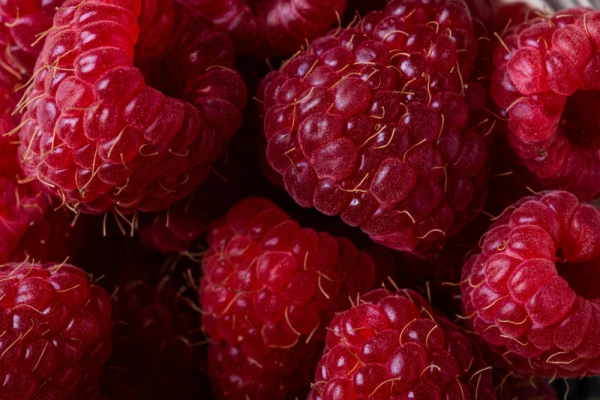Instructions
Chill your test plate: Place a small plate in the freezer — you’ll use it later to test if your jam has set.
Prep the berries: Inspect your raspberries carefully (especially fresh-picked ones) for any hidden pests or mold. Rinse gently in cool water and allow to drain fully.
Start the base: In a heavy-bottomed pot, combine the raspberries and lemon juice. Add the citrus zest if using. Lightly mash the berries with a fork or potato masher — just enough to break them up a little.
Simmer the fruit: Bring the mixture to a gentle boil over medium heat. Simmer for 10–15 minutes, stirring often, until the raspberries break down and the liquid begins to reduce slightly.
Stir in honey and pink peppercorns: Lower the heat and add the honey. Start with 150 g (25% honey to fruit), then taste and adjust — 180 g offers a nice balance for most palates (30% honey to fruit). Stir in a pinch or two of crushed pink peppercorns for subtle warmth. Simmer gently for another 10–15 minutes, stirring regularly, until the mixture thickens.
Check for set: Drop a small spoonful of jam onto your chilled plate. Wait 20–30 seconds, then run your finger through it. If the surface wrinkles slightly, it’s ready.
Optional flavour layering: For a more pronounced finish, stir in another pinch of pink peppercorns just before turning off the heat. This brings a soft, warming lift to the floral note.
Jar and store: Carefully pour the hot jam into clean, sterilised jars. Seal tightly and allow to cool. Store in the fridge for up to 3–4 weeks, or process in a water bath if you’d like to keep it longer, though trust me, you'll devour these few jars before the months' up.

